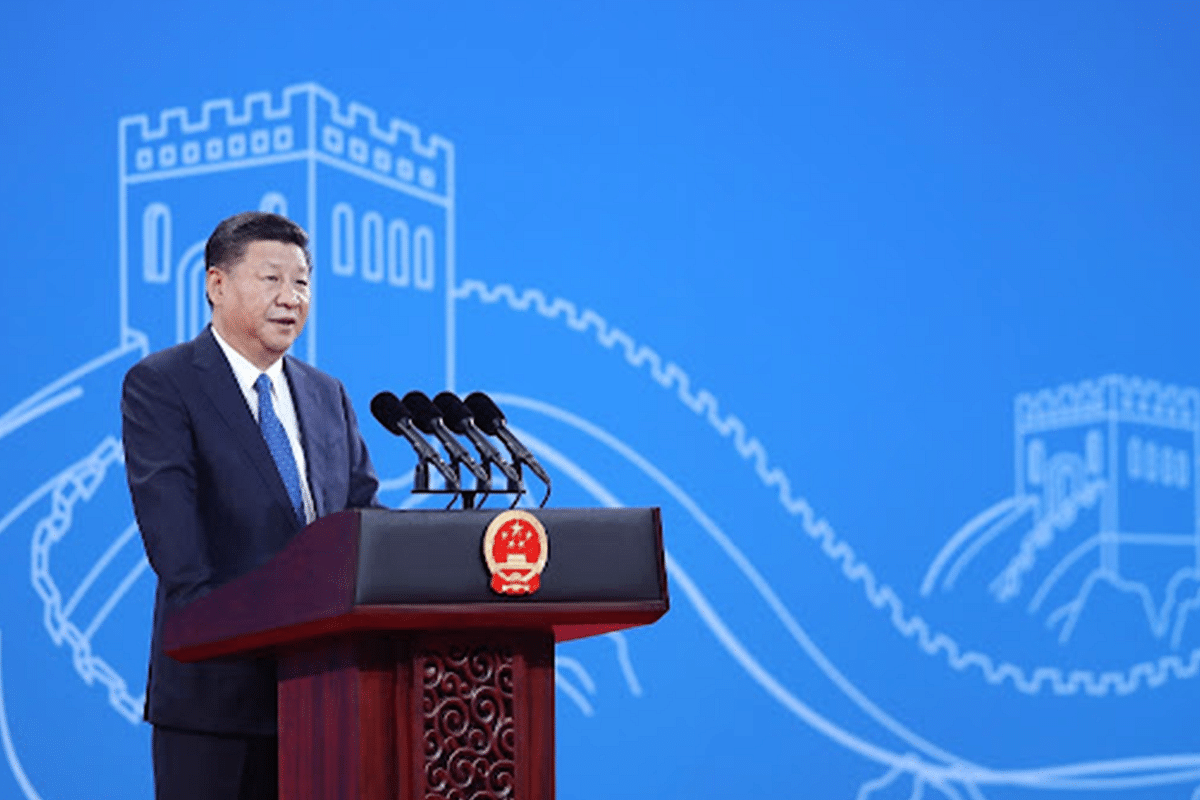World
Belt And Road Initiative Paves The Way For China's Energy Security With Deeper Collaboration In West Asia

Chinese President Xi Jinping (Lintao Zhang - Pool/Getty Images)
China has increased collaboration with West Asia, especially with Iraq, since the introduction of the Belt and Road Initiative. Iraq's significance in trade via the Persian Gulf and strategic location make it vital to China's BRI.
China heavily relies on West Asia for its energy resources to satisfy its ever-increasing demand for energy. As the world's largest importer of crude oil, China buys over 10 million barrels of crude per day, with a whopping 50 per cent from West Asia.
Due to the country's reliance on imported energy and the importance of oil-producing nations, West Asia has catapulted into an essential energy market for China.
Iraq has been a crucial partner to China for energy engagement since the launch of the BRI in 2013, ranking third after Russia and Pakistan. In 2022, China imported a considerable amount of crude oil from Iraq, making it the highest contributor to China's imports.
Iraq's oil exports to China increased by 47.49 per cent, reaching 55.49 tonnes and generating $39.04 billion in revenue. In contrast, China's crude oil export was $22 billion in 2018, but this number surged to $49 billion in 2022 due to the contribution of the Iraq trade partnership.
China's economy is significantly affected by the instability in the West Asian region, resulting in fluctuations in oil prices. As a result, China has invested billions of dollars in infrastructure projects and bilateral agreements with countries such as Saudi Arabia, the UAE, Iran, and Iraq.
According to statistics, China invested $114 billion in the mentioned countries between 2005 and 2018, with a majority of 51 per cent of this investment occurring between 2013 and 2018.
Support Swarajya's 50 Ground Reports Project & Sponsor A Story
Every general election Swarajya does a 50 ground reports project.
Aimed only at serious readers and those who appreciate the nuances of political undercurrents, the project provides a sense of India's electoral landscape. As you know, these reports are produced after considerable investment of travel, time and effort on the ground.
This time too we've kicked off the project in style and have covered over 30 constituencies already. If you're someone who appreciates such work and have enjoyed our coverage please consider sponsoring a ground report for just Rs 2999 to Rs 19,999 - it goes a long way in helping us produce more quality reportage.
You can also back this project by becoming a subscriber for as little as Rs 999 - so do click on this links and choose a plan that suits you and back us.
Click below to contribute.
Latest